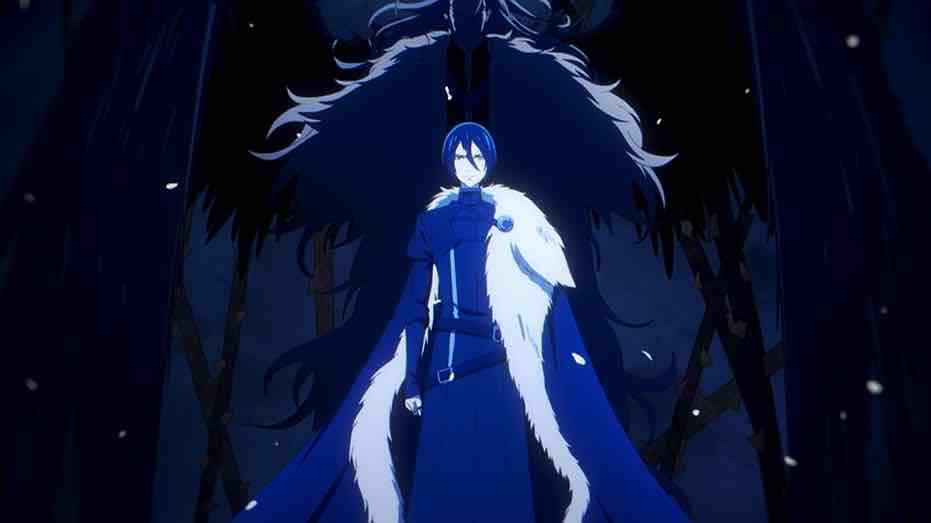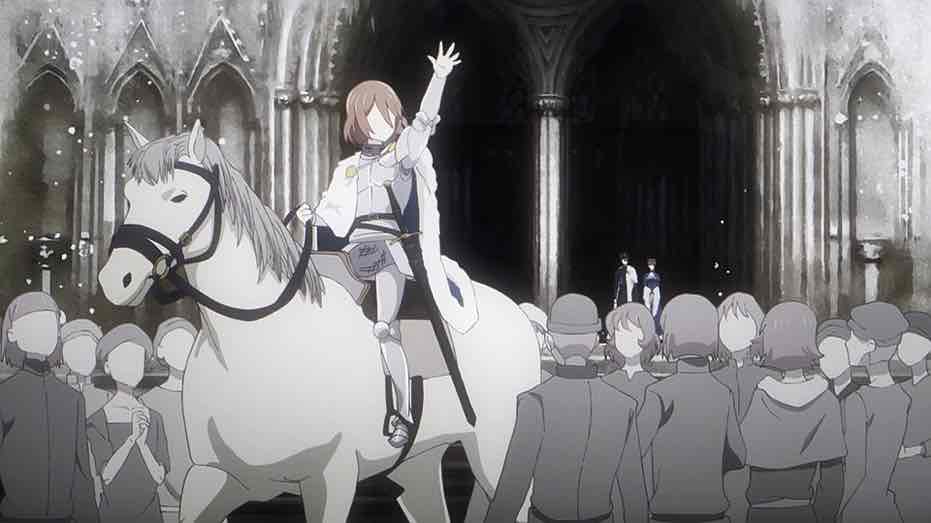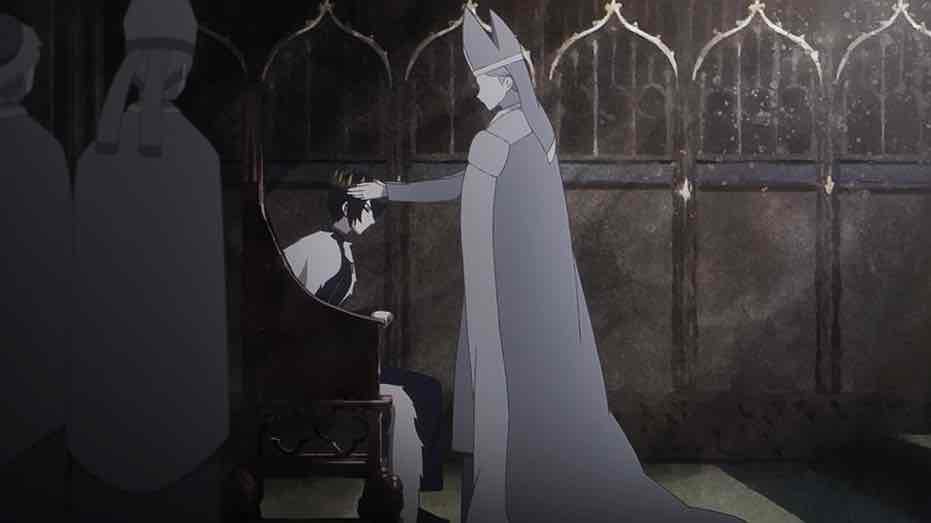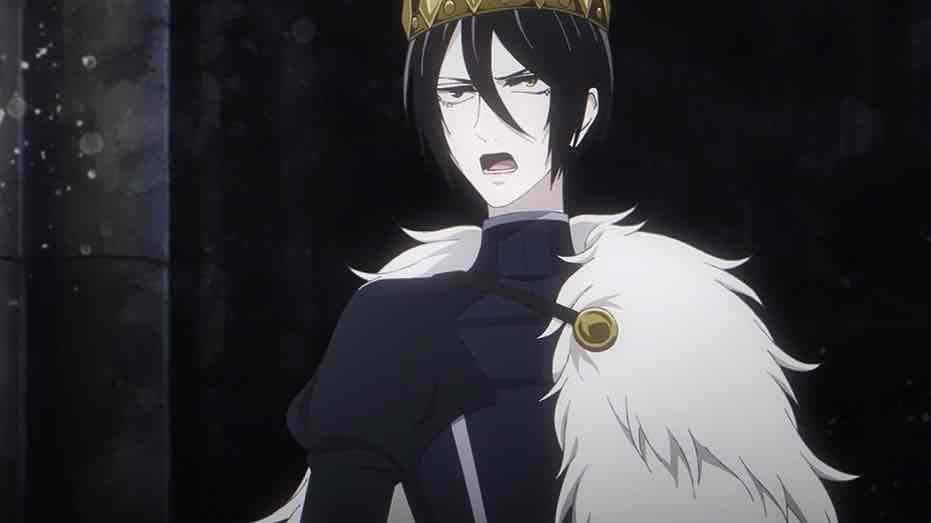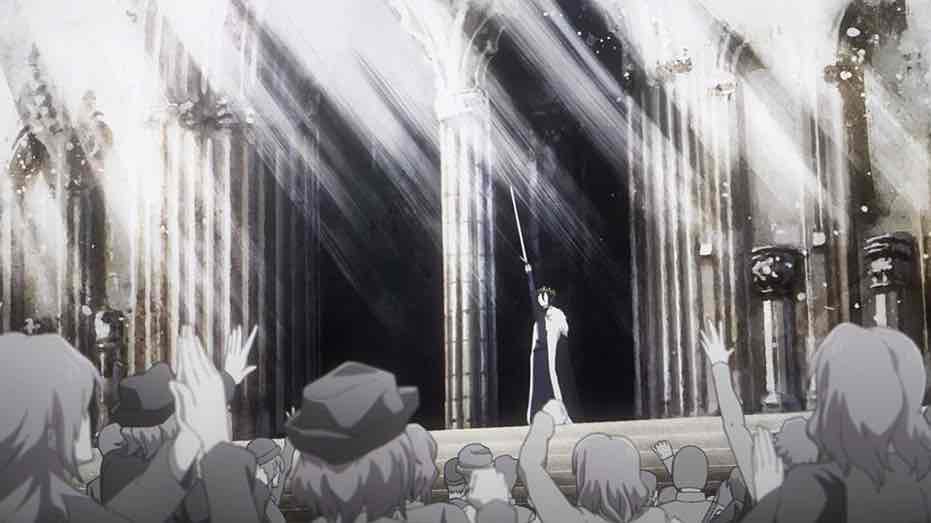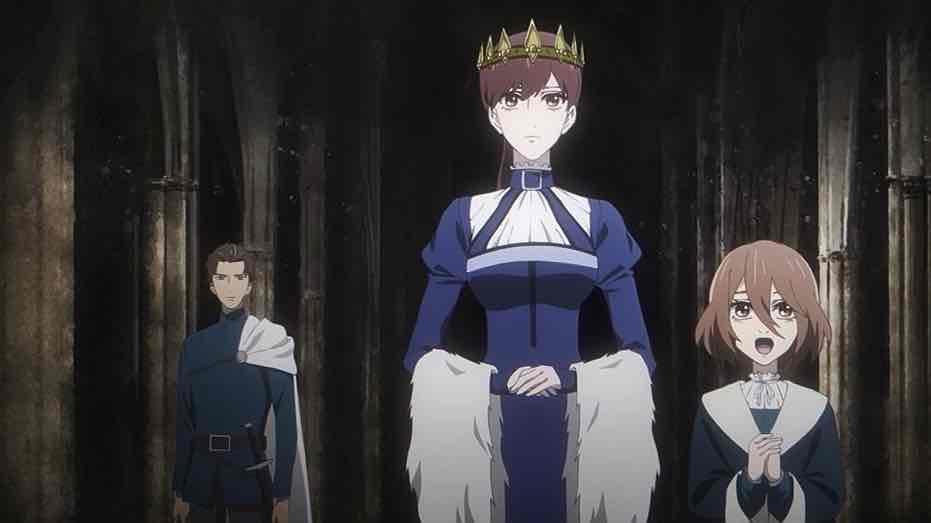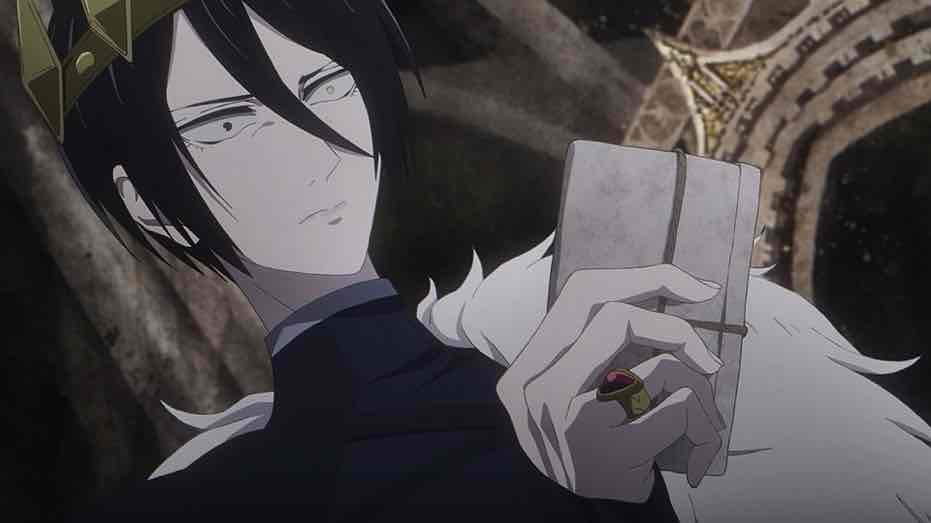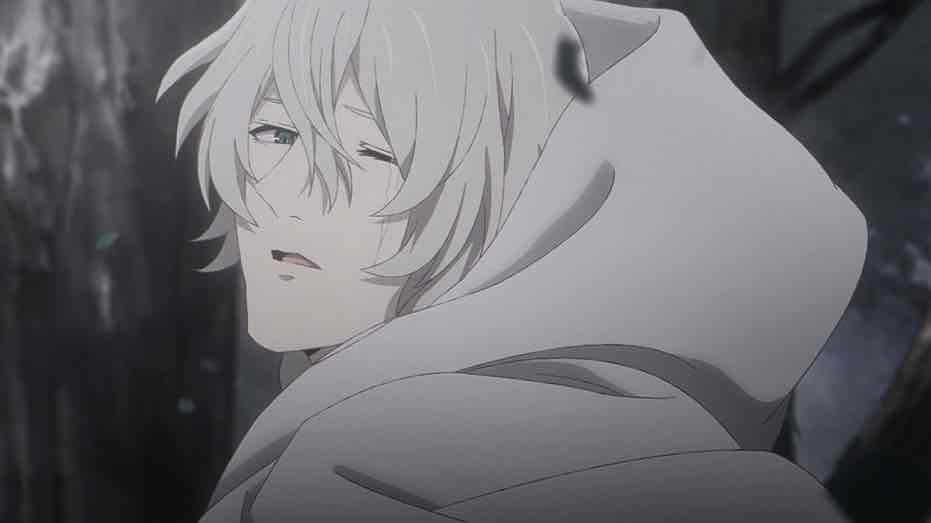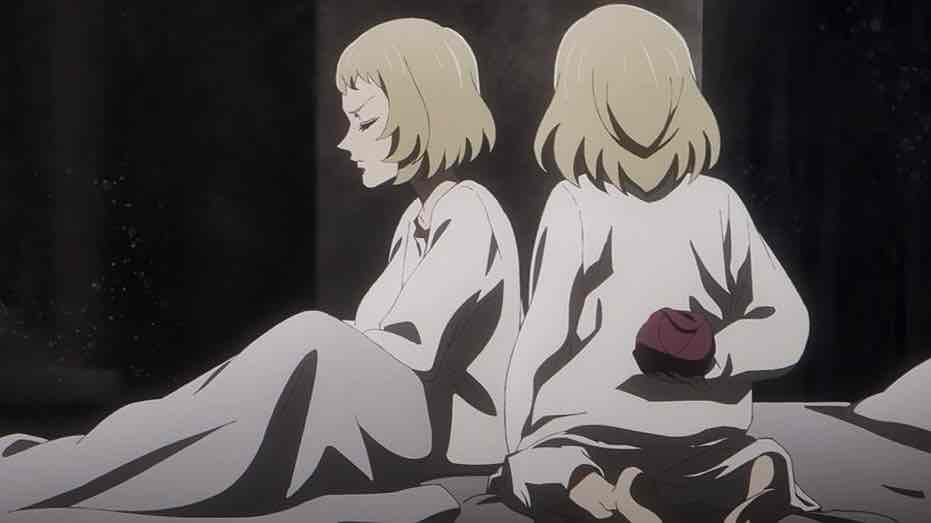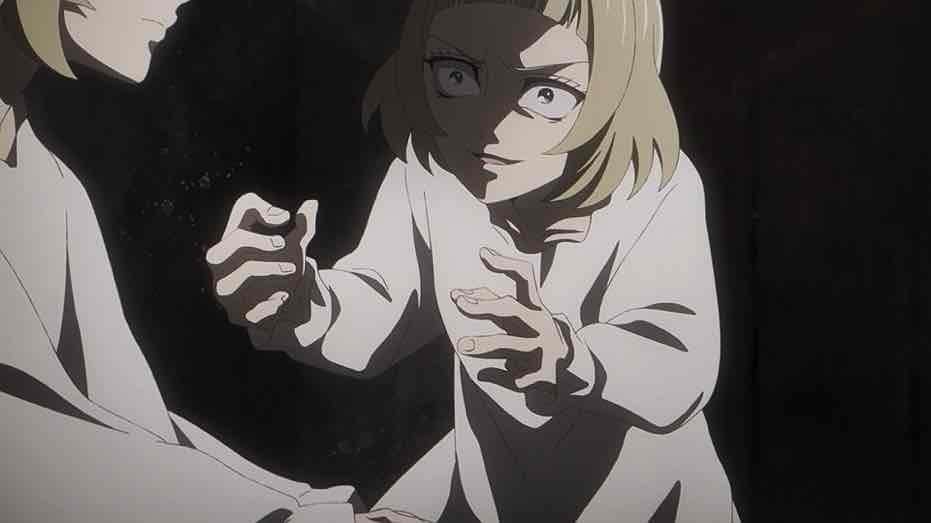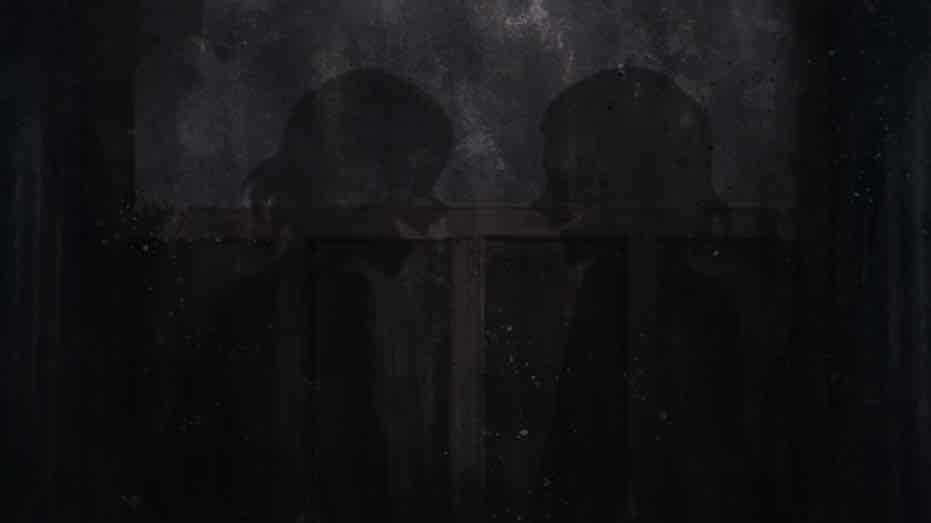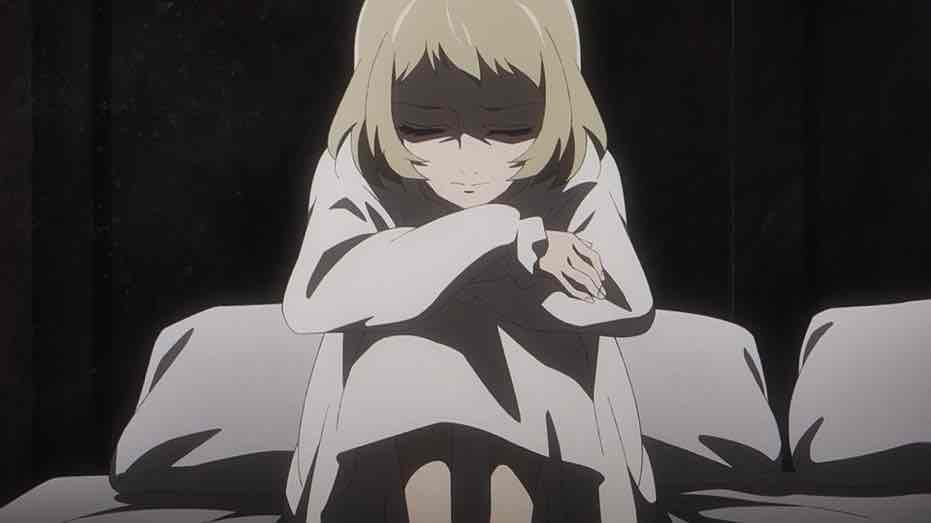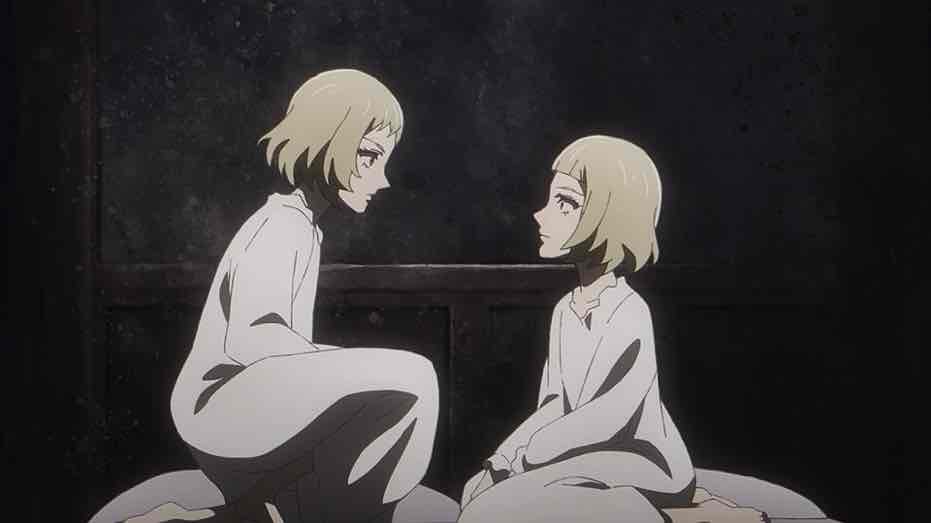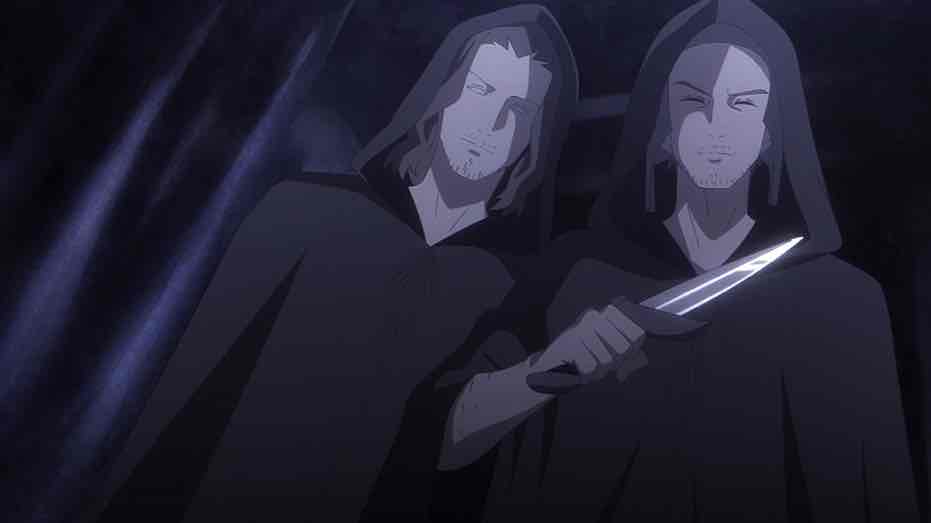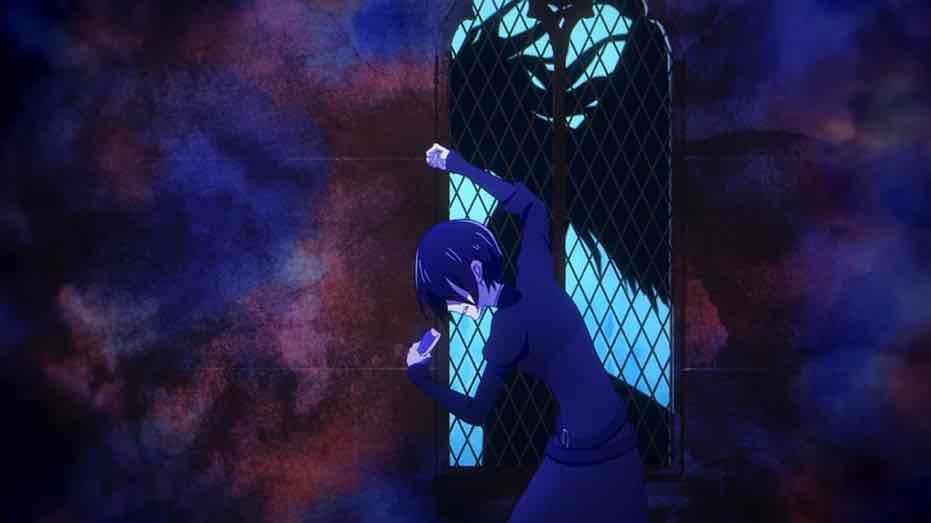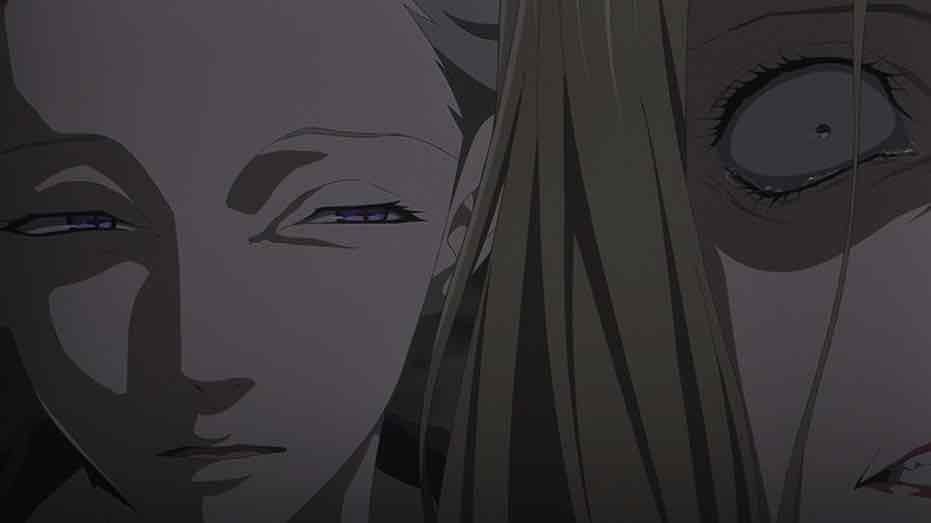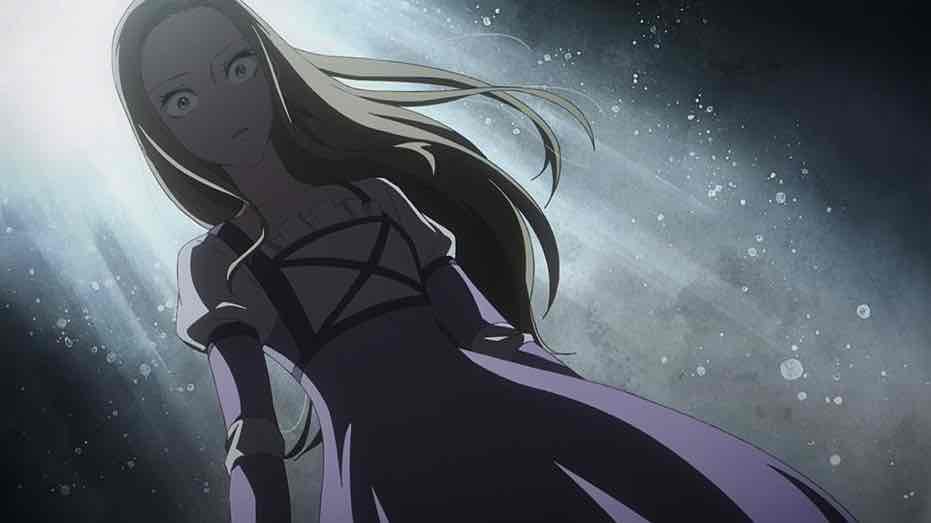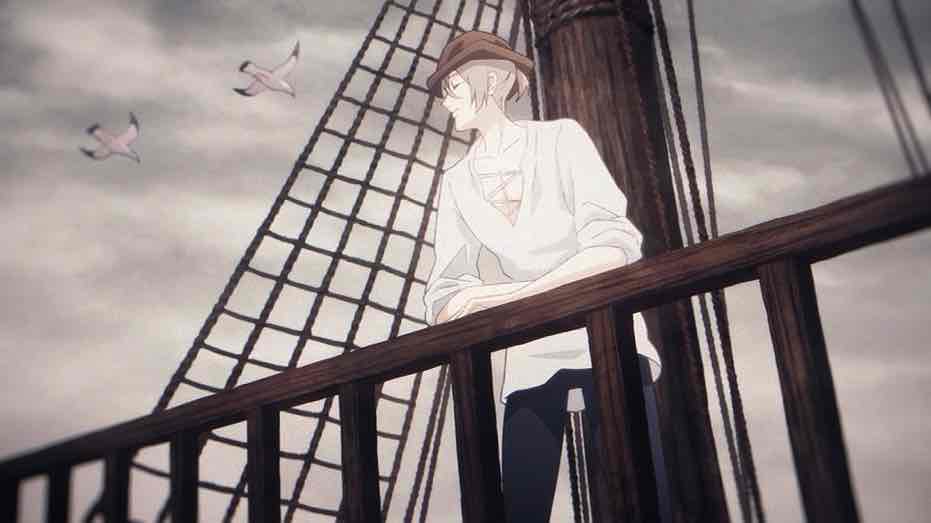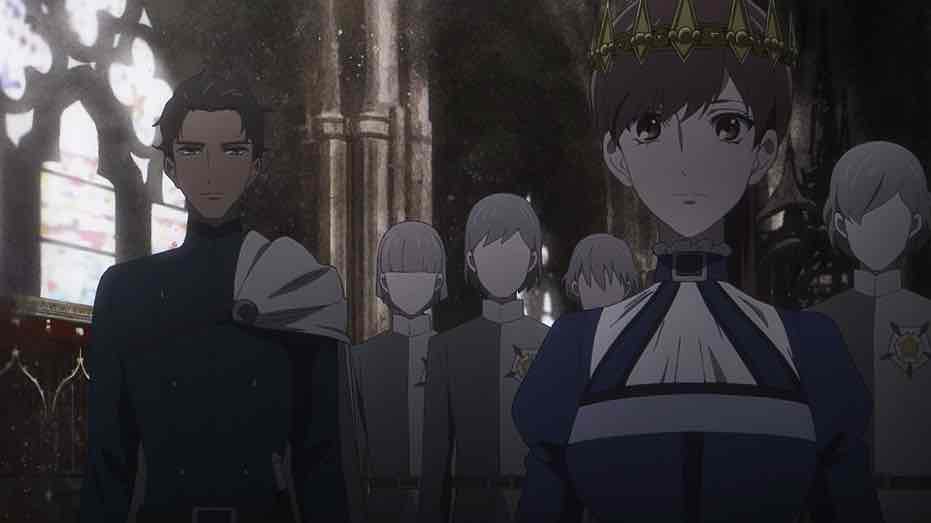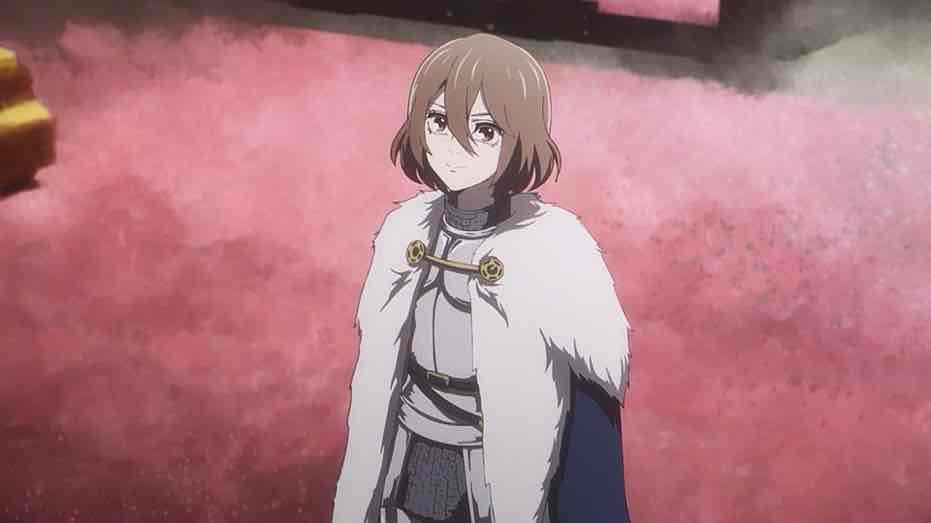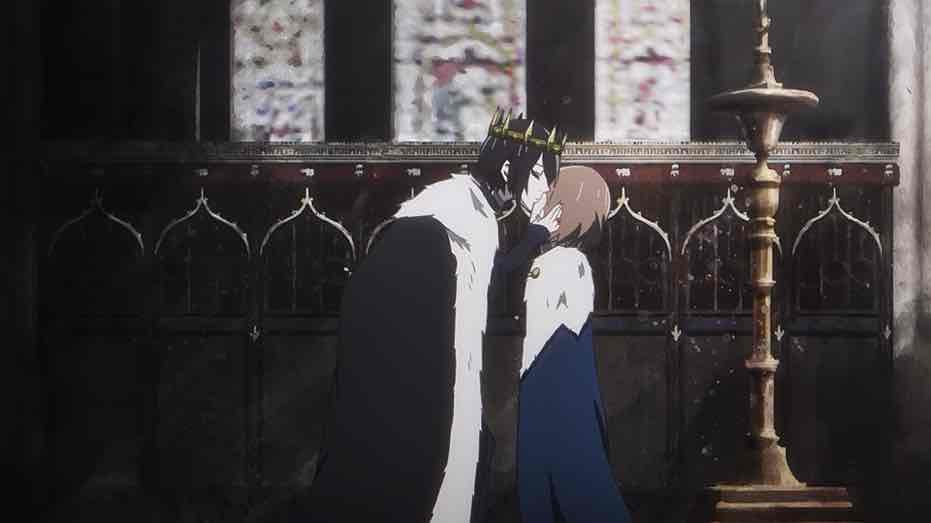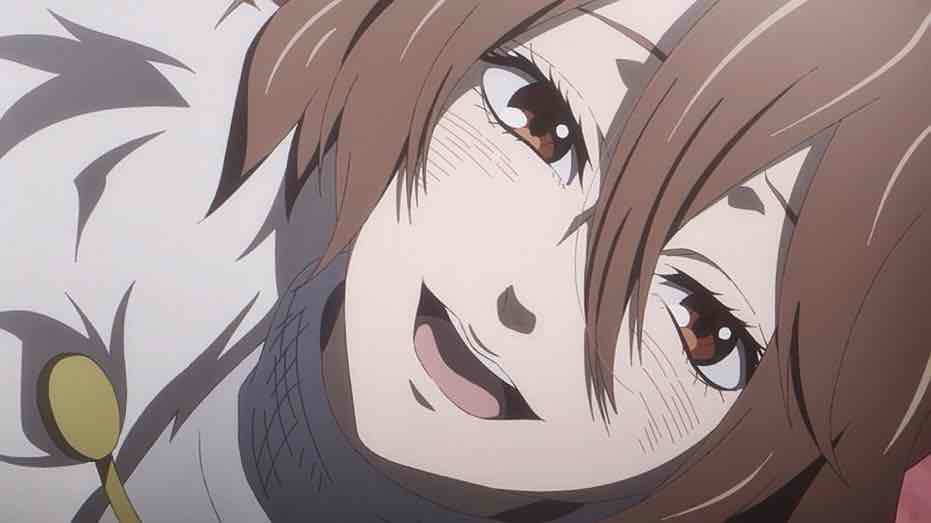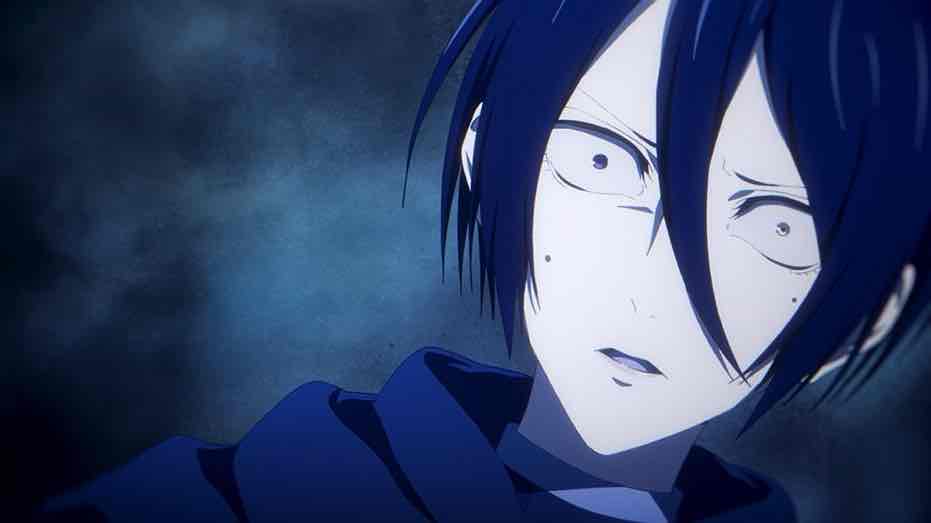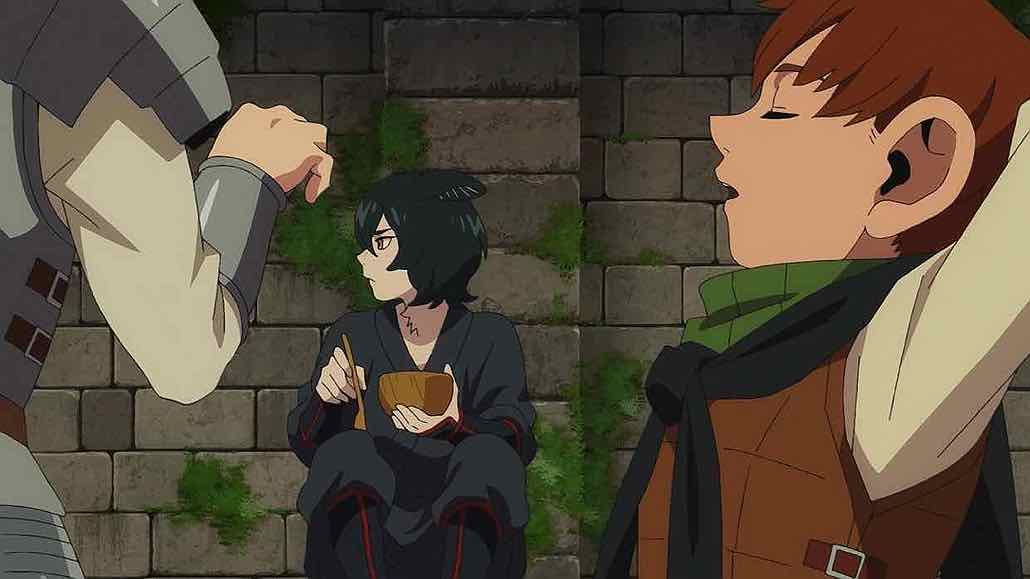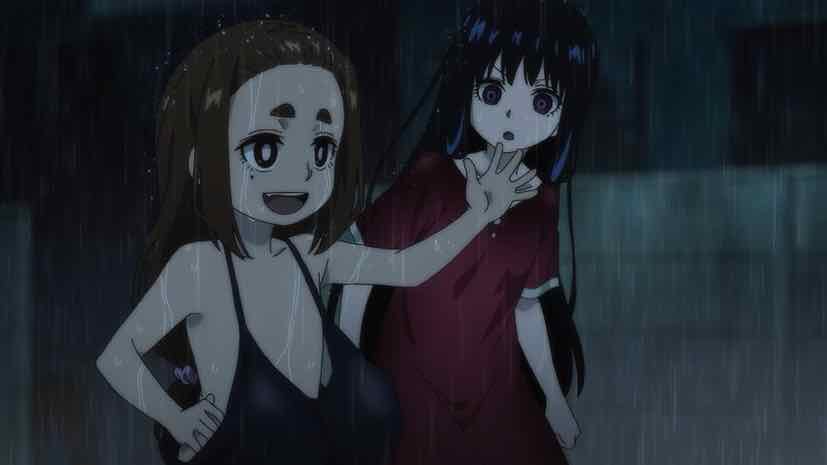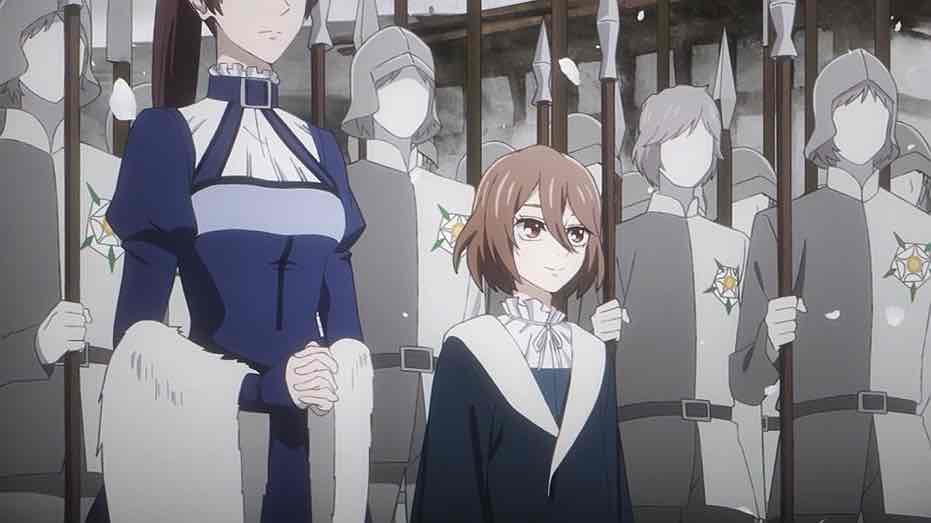 And so, the elephant in the room is finally acknowledged. The truth of the matter is that when it comes to the events depicted in the second cour of Baraou no Souretsu, there’s a lot more we don’t know than do. What history tells is largely fabrication, penned by a Tudor loyalist (John Morton) and disseminated by his acolyte Sir Thomas More (who was not yet ten years old when all this happened). The closest we have to a plausible contemporary account is the so-called Croyland Chronicles. but those too were penned by an opponent of Richard III – albeit one who made no pretensions at being present for the events he depicted – and are strictly second-hand information.
And so, the elephant in the room is finally acknowledged. The truth of the matter is that when it comes to the events depicted in the second cour of Baraou no Souretsu, there’s a lot more we don’t know than do. What history tells is largely fabrication, penned by a Tudor loyalist (John Morton) and disseminated by his acolyte Sir Thomas More (who was not yet ten years old when all this happened). The closest we have to a plausible contemporary account is the so-called Croyland Chronicles. but those too were penned by an opponent of Richard III – albeit one who made no pretensions at being present for the events he depicted – and are strictly second-hand information.
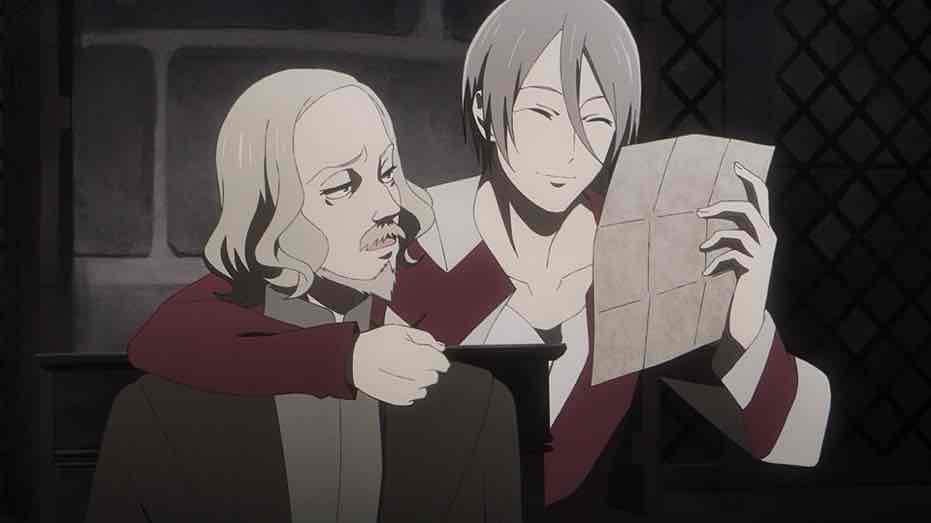 The nuts and bolts of all this are beyond silly – Buckingham revolting because he was in love with the King, James Tyrell being Henry VI (I guess? I still haven’t figured out where the hell that came from), Richard being pregnant (did that suddenly just get ignored?) or indeed his hermaphroditism in the first place. But the broader theme is an interesting one. Indeed, when it comes to the matter of the (presumed) murder of the boy princes in the tower – the aspect of all this most-remembered and most often used to condemn Richard III in history’s courtroom – many believe actual events might have been close to what was depicted here.
The nuts and bolts of all this are beyond silly – Buckingham revolting because he was in love with the King, James Tyrell being Henry VI (I guess? I still haven’t figured out where the hell that came from), Richard being pregnant (did that suddenly just get ignored?) or indeed his hermaphroditism in the first place. But the broader theme is an interesting one. Indeed, when it comes to the matter of the (presumed) murder of the boy princes in the tower – the aspect of all this most-remembered and most often used to condemn Richard III in history’s courtroom – many believe actual events might have been close to what was depicted here.
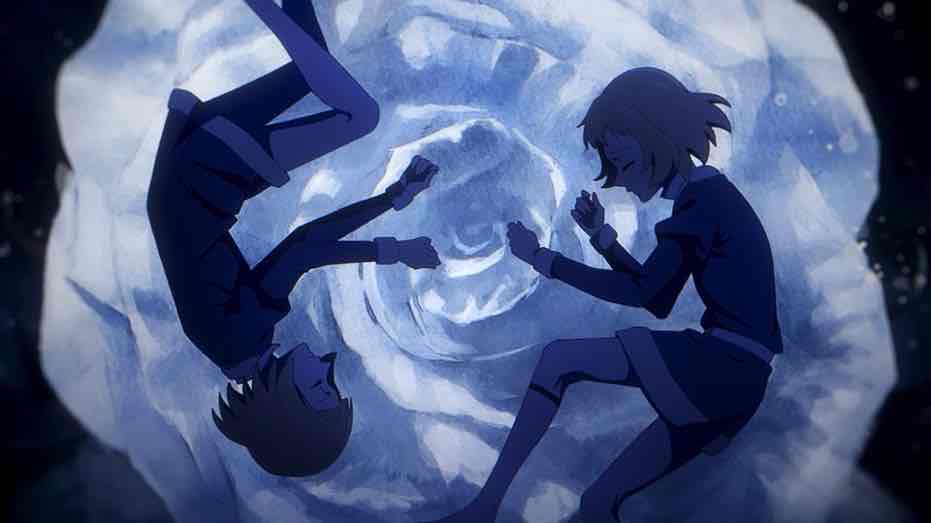 To be clear, The Duke of Bedford – known to posterity as Henry VII – had a stronger motive to kill those boys than Richard did. They presented a greater threat to his legitimacy as a potential ruler – which was based on a preposterously thin claim of succession – than they did to the Yorkist king. The key element in doubt is when the event actually happened, which is a matter of much speculation. Indeed some hold that that princes were still alive when Henry VII came to power, Others that Buckingham had them murdered as a means of ingratiating himself to Bedford after he turned on Richard. And the establishment, of course, assures us that James Tyrell murdered the tots at the behest of his master Richard.
To be clear, The Duke of Bedford – known to posterity as Henry VII – had a stronger motive to kill those boys than Richard did. They presented a greater threat to his legitimacy as a potential ruler – which was based on a preposterously thin claim of succession – than they did to the Yorkist king. The key element in doubt is when the event actually happened, which is a matter of much speculation. Indeed some hold that that princes were still alive when Henry VII came to power, Others that Buckingham had them murdered as a means of ingratiating himself to Bedford after he turned on Richard. And the establishment, of course, assures us that James Tyrell murdered the tots at the behest of his master Richard.
 The truth is we’ll never know the truth – that ship has long since sailed. I don’t see any reason to suspect young Richard was planning to kill his brother Edward in confinement – that’s just a silly conceit. It’s implied in fact that Bedford demanded (though his stepfather Lord Stanley, a bought-off Yorkist) that Buckingham prove his loyalty by killing the princes, but that he’d already left them poisoned biscuits. We also get a look at his mother, Margaret Beaufort, a full-on Lancaster and one of the all-time schemers in English political history.
The truth is we’ll never know the truth – that ship has long since sailed. I don’t see any reason to suspect young Richard was planning to kill his brother Edward in confinement – that’s just a silly conceit. It’s implied in fact that Bedford demanded (though his stepfather Lord Stanley, a bought-off Yorkist) that Buckingham prove his loyalty by killing the princes, but that he’d already left them poisoned biscuits. We also get a look at his mother, Margaret Beaufort, a full-on Lancaster and one of the all-time schemers in English political history.
 While history tells us that the episode was correct in depicting rumors of the boys’ death as a cause of Richard’s decline in popularity, that’s the Tudor party line – in fact there’s no direct evidence such damaging rumors existed during Richard’s reign, and Henry VII never even accused Richard of the act himself. What’s certainly accurate is the reverence shown for Richard in York, where he and his family were much-beloved. There’s also an interesting sequence where Richard’s son Edward goes through the Accolade (the rite of passage ceremony for knighthood). It almost perfectly matches the accounts of Richard’s own Accolade, at the time just after his brother Edward’s coronation (when he was about the same age as his son Edward here).
While history tells us that the episode was correct in depicting rumors of the boys’ death as a cause of Richard’s decline in popularity, that’s the Tudor party line – in fact there’s no direct evidence such damaging rumors existed during Richard’s reign, and Henry VII never even accused Richard of the act himself. What’s certainly accurate is the reverence shown for Richard in York, where he and his family were much-beloved. There’s also an interesting sequence where Richard’s son Edward goes through the Accolade (the rite of passage ceremony for knighthood). It almost perfectly matches the accounts of Richard’s own Accolade, at the time just after his brother Edward’s coronation (when he was about the same age as his son Edward here).



